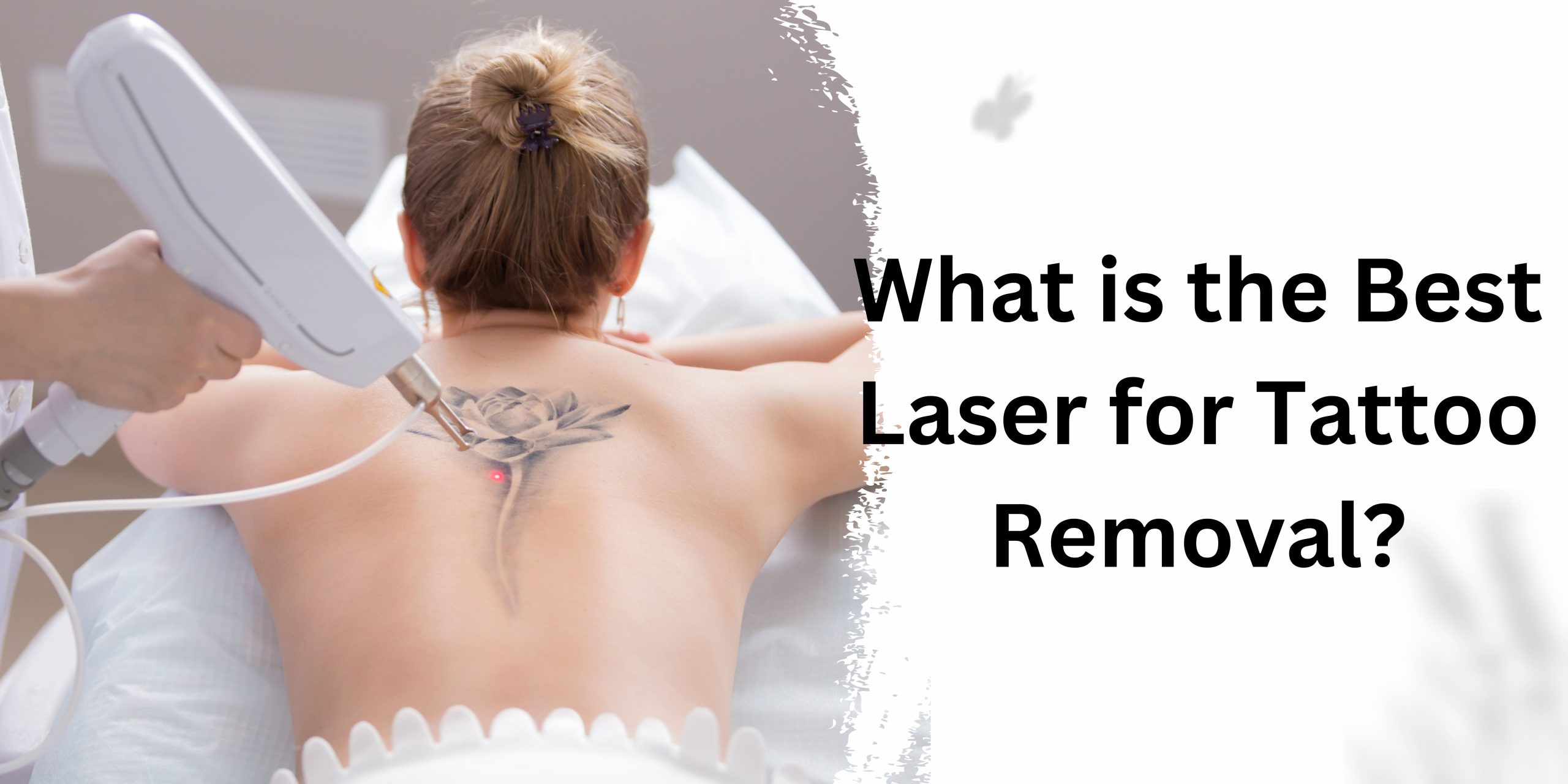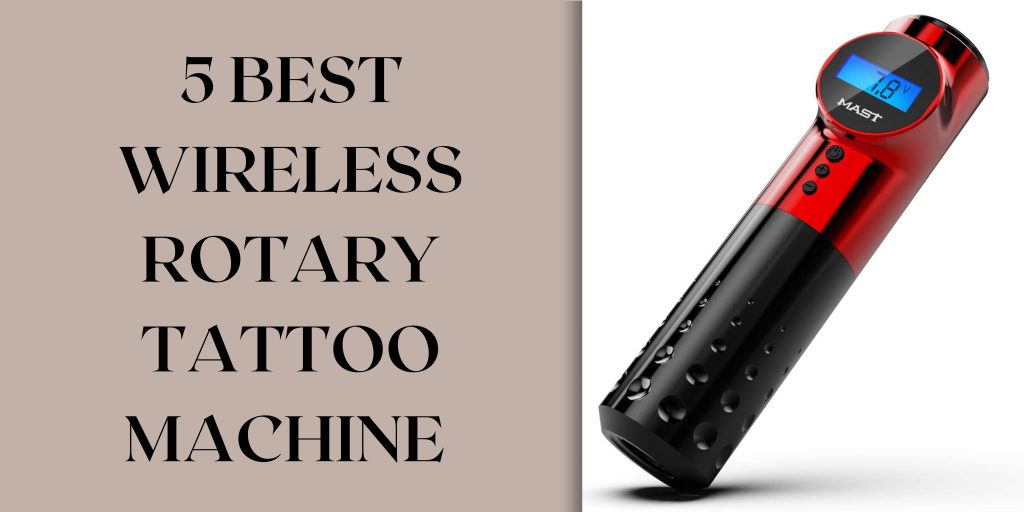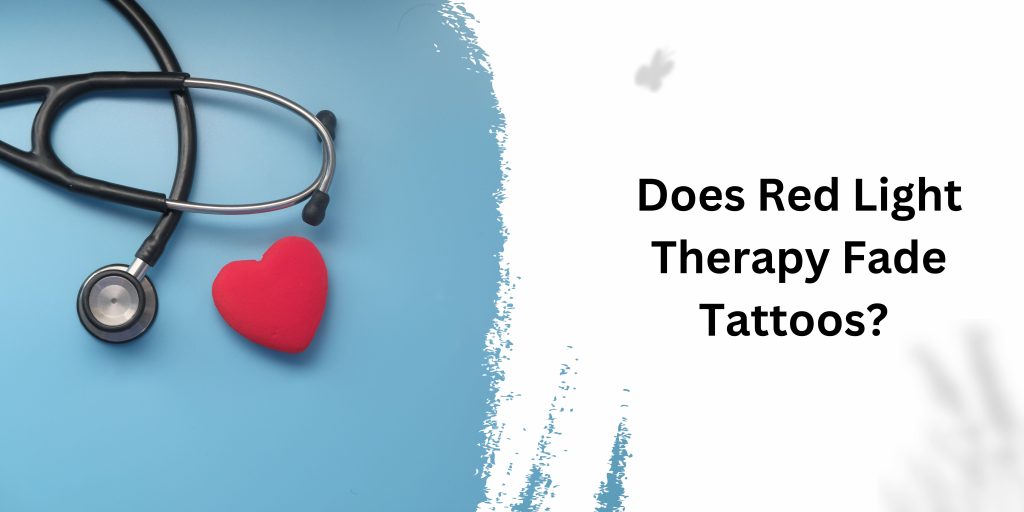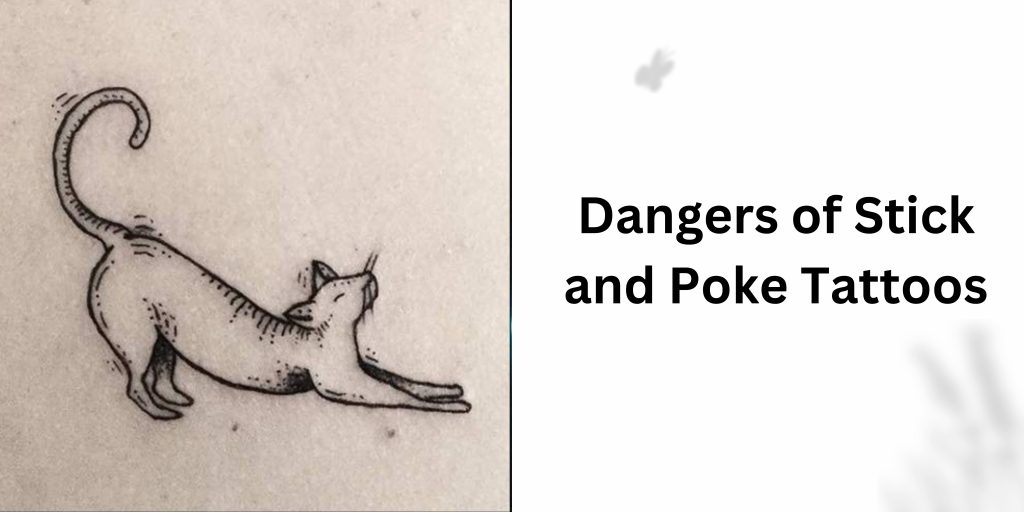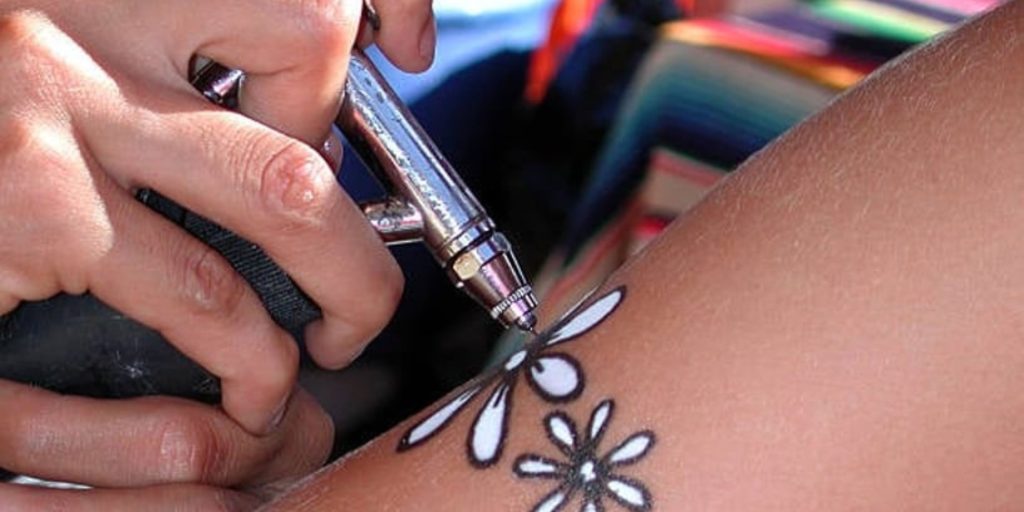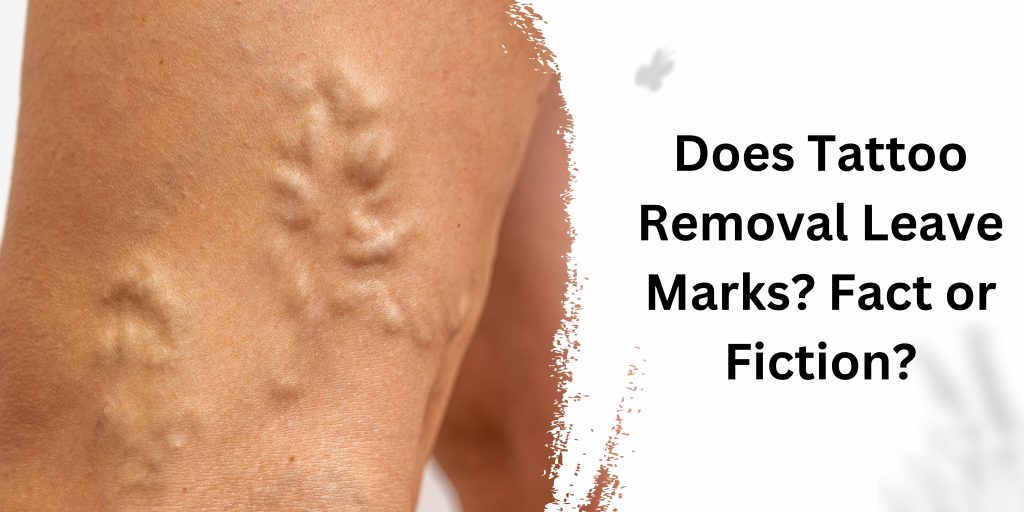Tattoos have become increasingly popular over the years, but so has the demand for tattoo removal. Whether it’s for a change in personal preferences, career opportunities, or simply regret, people are seeking effective solutions to remove their tattoos. One of the most successful methods is laser tattoo removal. In this article, we will explore the what is the best laser for tattoo removal and how they work to eliminate unwanted tattoos.
Understanding Tattoo Removal
Tattoo removal is a process that targets the ink particles trapped in the skin’s dermal layer. The lasers used in this procedure emit high-intensity light pulses, which break down the tattoo pigments into smaller fragments that the body can gradually eliminate. Among the various methods available, laser tattoo removal stands out for its efficiency and relatively low risk of scarring.
Different Types of Lasers for Tattoo Removal
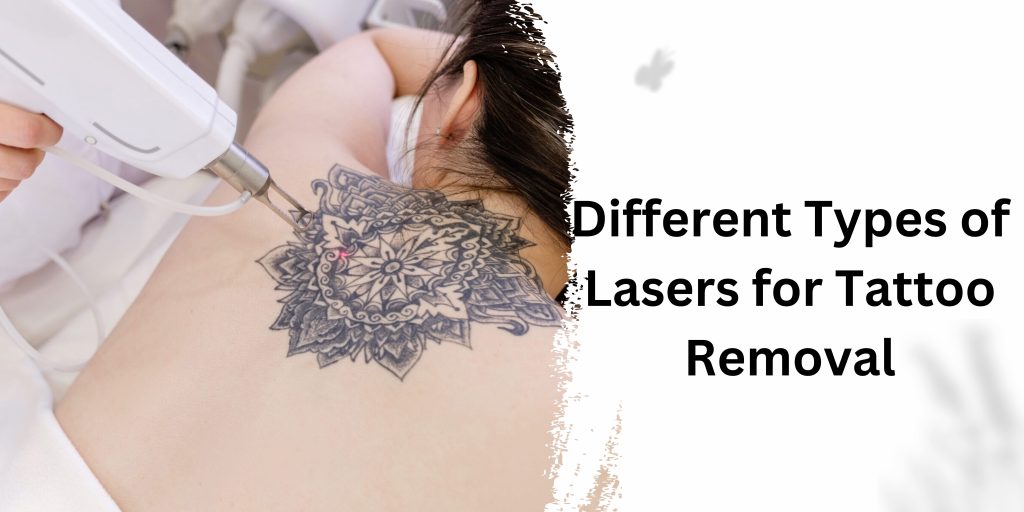
Q-Switched Nd:YAG Laser
YAG laser is one of the most widely used lasers for tattoo removal. Its advanced Q-Switching technology allows for precise targeting of tattoo pigments without harming the surrounding skin. This laser is particularly effective for removing dark and vibrant colours, such as black, blue, and green tattoos. It is also suitable for all skin types.
Alexandrite Laser
The Alexandrite laser is another popular choice for tattoo removal. It emits light at a specific wavelength that targets a wide range of tattoo pigments. However, it is most effective for removing black, blue, and green inks. Individuals with lighter skin tones tend to see better results with this laser.
Picosecond Laser
The Picosecond laser is a revolutionary technology that delivers ultra-short pulses in Picoseconds. This rapid pulse duration allows for greater efficiency in breaking down tattoo pigments, including stubborn colours like red, orange, and yellow. The Picosecond laser is also known for its ability to remove tattoos with fewer treatment sessions compared to other lasers.
Read More: Are Tattoos Behind the Ear Unprofessional?
Factors to Consider When Choosing the Best Laser
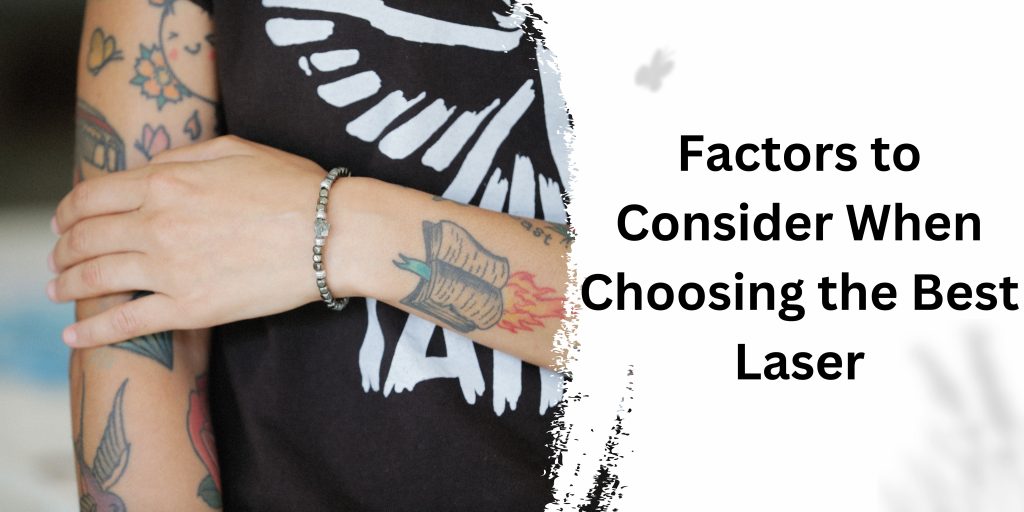
Tattoo Color and Pigment Type
Different laser wavelengths target specific colours more effectively. For instance, the Q-Switched Nd:YAG laser works best on dark colours, while the Picosecond laser excels with brighter colours. Understanding the composition of your tattoo will help determine which laser is most suitable for your removal process.
Skin Type and Sensitivity
Your skin type is an essential factor to consider when selecting a laser for tattoo removal. Certain lasers may pose higher risks for individuals with darker skin tones, so it’s crucial to consult with a professional to find the safest and most effective option for your skin type.
Tattoo Size and Depth
The size and depth of the tattoo also play a role in laser selection. Larger and deeper tattoos may require multiple sessions to achieve complete removal. In contrast, smaller tattoos and those closer to the skin’s surface may respond more quickly to laser treatment.
Clinic Reputation and Technology
The success of your tattoo removal largely depends on the expertise of the practitioner and the technology used. Look for a reputable clinic with experienced professionals who work with state-of-the-art laser devices to ensure the best possible outcome.
Read More: Comparing Microblading Pain vs Tattoo Pain
Preparing for Laser Tattoo Removal
Consultation and Patch Test
Before proceeding with laser tattoo removal, schedule a consultation with a qualified specialist. During this meeting, the practitioner will assess your tattoo and recommend the most suitable laser. Additionally, they may conduct a patch test to evaluate your skin’s reaction to the laser.
Pre-Treatment Guidelines
Your practitioner will provide pre-treatment guidelines to follow before your laser session. These guidelines typically include avoiding sun exposure, using sunscreen, and refraining from certain medications to ensure optimal results and minimize potential side effects.
The Laser Tattoo Removal Procedure
Procedure Overview
The laser tattoo removal procedure begins with the application of numbing cream to reduce discomfort. During the session, the laser will be directed at the tattoo, breaking down the pigments. You may experience a sensation similar to rubber band snaps, but the numbing cream helps alleviate any discomfort.
Recovery and Aftercare
After the laser session, your skin may appear red and swollen. This is a normal response and will subside within a few days. Your specialist will provide aftercare instructions, which may include applying soothing creams and avoiding exposure to direct sunlight.
Frequently Asked Questions (FAQs)
Conclusion
Laser tattoo removal has proven to be a highly effective method for erasing unwanted tattoos. By understanding the different types of lasers and considering essential factors, you can make an informed decision about the best laser for your tattoo removal journey. Always consult with a qualified professional to ensure a safe and successful tattoo removal process.

